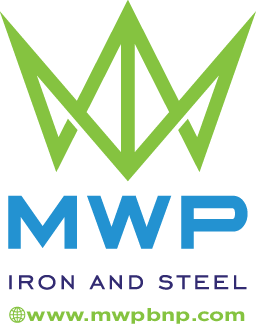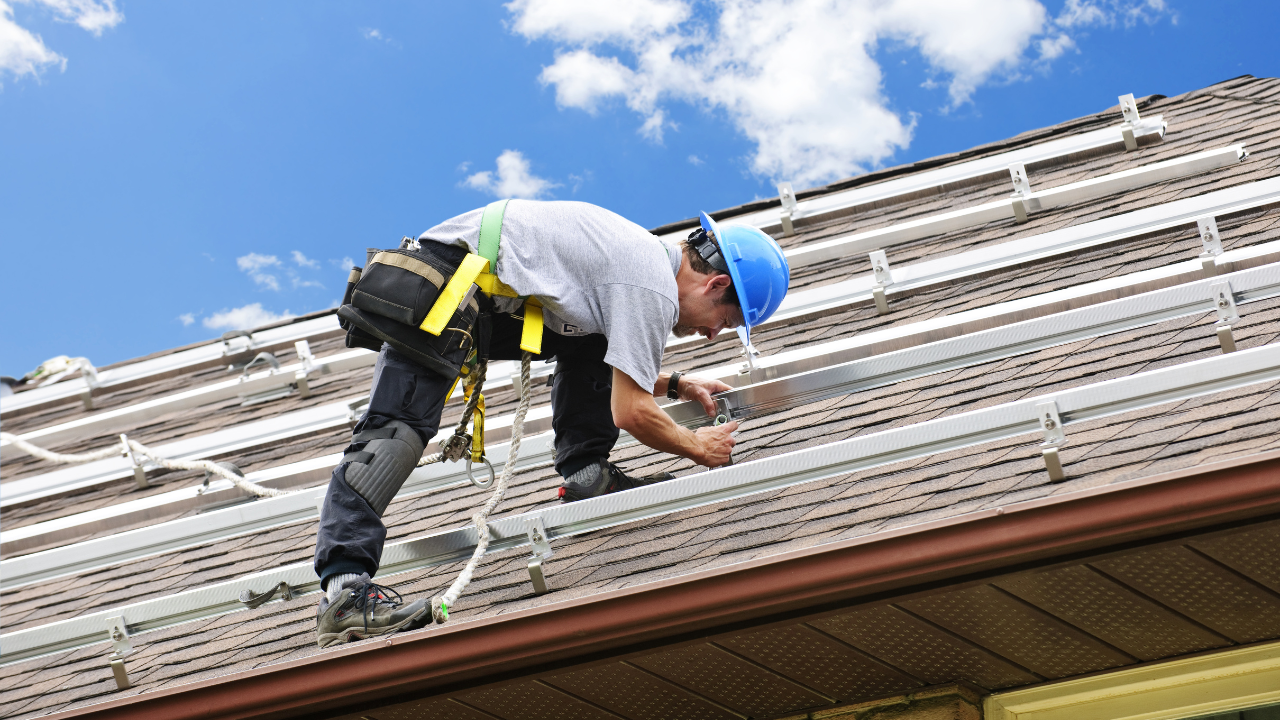Solar Panel Steel Roof Mounts:
Harnessing the power of the sun is a dream for many homeowners. Solar panels offer a clean, renewable energy source that can significantly reduce electricity bills and dependence on the grid. If you’re considering solar power for your home and have a steel roof, you’re in luck! Steel roofs are a perfect platform for solar panels, thanks to their durability and long lifespan. This guide explores everything you need to know about solar panel steel roof mounts, from understanding different mounting systems to installation considerations and benefits.
Benefits of Solar Panels on Steel Roofs
Before diving into mounting systems, let’s explore the advantages of installing solar panels on a steel roof:
- Compatibility: Steel roofs offer a sturdy, reliable surface for mounting solar panels. Unlike some roofing materials, steel can handle the weight and wind resistance of solar panels without compromising the roof’s integrity.
- Durability: Steel roofs boast a long lifespan, often exceeding 40 years. This aligns perfectly with the lifespan of most solar panels (25-30 years), minimizing the need for separate roof and panel replacements.
- Fire Safety: Steel roofs are non-combustible, providing an additional layer of fire safety when compared to roofs made from flammable materials like asphalt shingles.
- Installation Ease: Compared to other roof types, steel roofs often have smoother surfaces, simplifying the installation process for solar panels and potentially reducing labor costs.
Types of Steel Roof Mounts
There are two main categories of solar panel steel roof mounts:
- Rail-based mounting systems: These systems utilize rails secured to the roof, onto which the solar panels are mounted. Rails provide a versatile solution for various roof pitches and panel configurations.
- Rail-less mounting systems: These innovative systems directly attach the solar panels to the standing seams or ribs of the steel roof, eliminating the need for additional rails. This approach can be more aesthetically pleasing and potentially lighter weight.
Here’s a breakdown of some popular mounting methods within these categories:
Common Solar Panel Steel Roof Mounting Systems
| Mounting Method | Description | Advantages | Disadvantages |
|---|---|---|---|
| S-5! Clamps (Rail-based) | Clamps attach to the standing seams of the roof, providing a secure hold for rails. | – Easy to install – Compatible with most standing seam roofs | – Requires drilling into the roof seams (may void roof warranty) – May require additional flashing for watertightness |
| Top-Mount System (Rail-based) | Rails are secured directly to the top of the steel roof panels using brackets. | – Strong and secure – Suitable for flat or low-pitched roofs | – Requires penetrating the steel roof panels (may void warranty) – More visible than other methods |
| L-Foot System (Rail-based) | L-shaped brackets are bolted onto the steel roof flanges, supporting the rails. | – Versatile for various roof pitches – Easy to adjust panel tilt | – Requires drilling into the roof flanges (may void warranty) – May require additional flashing for watertightness |
| Standing Seam Roof Mounts (Rail-less) | These clamps directly attach the solar panels to the standing seams of the roof. | – Sleek, low-profile design – Minimal roof penetration | – May require a specialized installer – Limited compatibility with some standing seam profiles |
| Coplanar Mounts (Rail-less) | These mounts utilize brackets that hook onto the ribs of corrugated metal roofs. | – Cost-effective – Fast installation | – Not suitable for all roof types – Limited adjustability for panel tilt |
Factors to Consider When Choosing a Mounting System
Selecting the right mounting system depends on several factors:
- Roof type: Different steel roof profiles (standing seam, corrugated, etc.) require compatible mounting solutions.
- Roof pitch: The angle of your roof will influence the type of system and tilt angle needed for optimal solar panel performance.
- Local building codes: Ensure the chosen system complies with your area’s building code requirements for wind load and snow load.
- Aesthetics: Consider the visual impact of the mounting system. Rail-less systems may offer a cleaner look compared to rail-based systems.
- Budget: Costs can vary depending on the complexity of the system and the materials used.
Additional Considerations for Steel Roof Solar Panel Installation
- Snow load (continued): Consider a mounting system that allows for sufficient snow clearance beneath the panels to prevent excessive weight and potential damage. Some systems offer increased tilt angles to promote snow shedding.
- Wind load: High-wind areas may require a sturdier mounting system with additional reinforcement to ensure the panels can withstand wind gusts.
- Module layout and spacing: A qualified installer will determine the optimal layout and spacing of your solar panels to maximize sun exposure. So, while considering roof size, shading patterns, and local regulations.
- Electrical wiring: The installation process will involve running electrical cables from the solar panels to your inverter and electrical panel. Ensure proper conduit routing and electrical code compliance.
Benefits of Hiring a Qualified Solar Installer for Steel Roof Mounting
While some homeowners might be handy, installing solar panels on a steel roof is a complex task best left to professionals. Here’s why hiring a qualified solar installer is crucial:
- Expertise: Experienced installers understand the nuances of steel roof mounting and can select the most appropriate system for your specific roof and needs.
- Safety: Working on roofs can be dangerous. Installers have the proper safety equipment and training to ensure a safe installation process.
- Warranty compliance: Improper installation can void your roof warranty. Certified installers understand warranty requirements and follow best practices to maintain coverage.
- System optimization: Qualified installers can design a system layout that maximizes energy production based on your roof’s sun exposure and local regulations.
- Permits and approvals: The installation process may require permits from your local authorities. Experienced installers can navigate the permitting process efficiently.
Finding a Qualified Solar Installer
Finding a reputable solar installer is essential for a successful project. Here are some tips:
- Get recommendations: Ask friends, neighbors, or family members who have recently installed solar panels for recommendations.
- Online research: Look for local solar installers with positive online reviews and certifications from reputable organizations like the North American Board of Certified Energy Professionals (NABCEP).
- Compare quotes: Obtain quotes from several installers to compare pricing, system design proposals, and warranties offered.
- Ask questions: During consultations, inquire about the installer’s experience with steel roof mounting, certifications of their technicians, and the specific products they plan to use.
Cost Considerations for Solar Panel Steel Roof Mounts
The cost of installing solar panels on a steel roof can vary depending on several factors:
- Size of the system: The number of solar panels needed will significantly impact the overall cost.
- Type of mounting system: Rail-less systems may be slightly more expensive upfront but can offer a cleaner look and potentially require less labor.
- Labor costs: Installation costs can vary depending on the complexity of your roof. The experience of the installer, and your location.
- Permits and inspections: Factor in the cost of any required permits and inspections from your local authorities.
Financial Incentives for Solar Power
The good news is that going solar comes with several financial incentives:
- Federal solar investment tax credit (ITC): The federal government currently offers a tax credit for a significant portion of the cost of installing a solar energy system. (Note: Tax credits are subject to change. Check with a tax professional for current details)
- State and local rebates and incentives: Many states and municipalities offer additional rebates or incentives to encourage solar adoption. Research available programs in your area.
- Net metering: In many locations, net metering allows you to sell excess solar energy you generate back to the utility grid, potentially offsetting your electricity bills.
Conclusion
Solar panels mounted on a steel roof offer a fantastic solution for homeowners seeking to harness clean, renewable energy. By understanding the different mounting systems available, considering installation factors, and hiring a qualified professional. You can ensure a successful solar project that reduces your electricity bills and increases your home’s value. Remember, solar power is an investment, but with careful planning and the right team. You can reap the benefits of solar energy for years to come.

